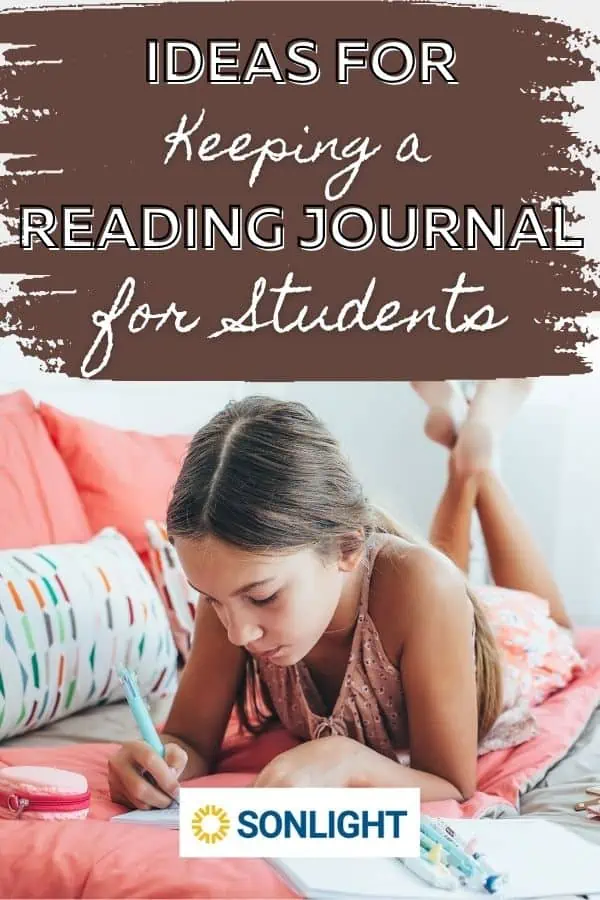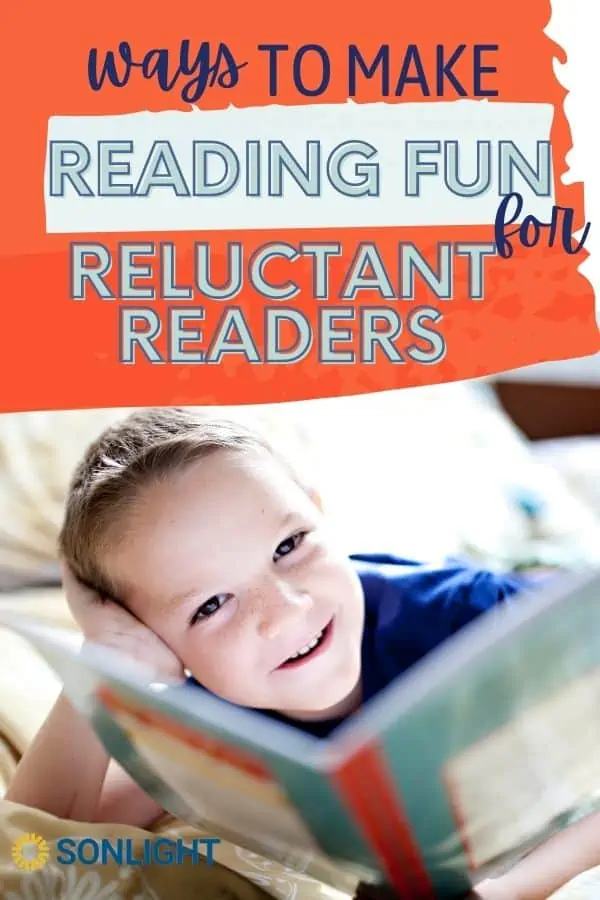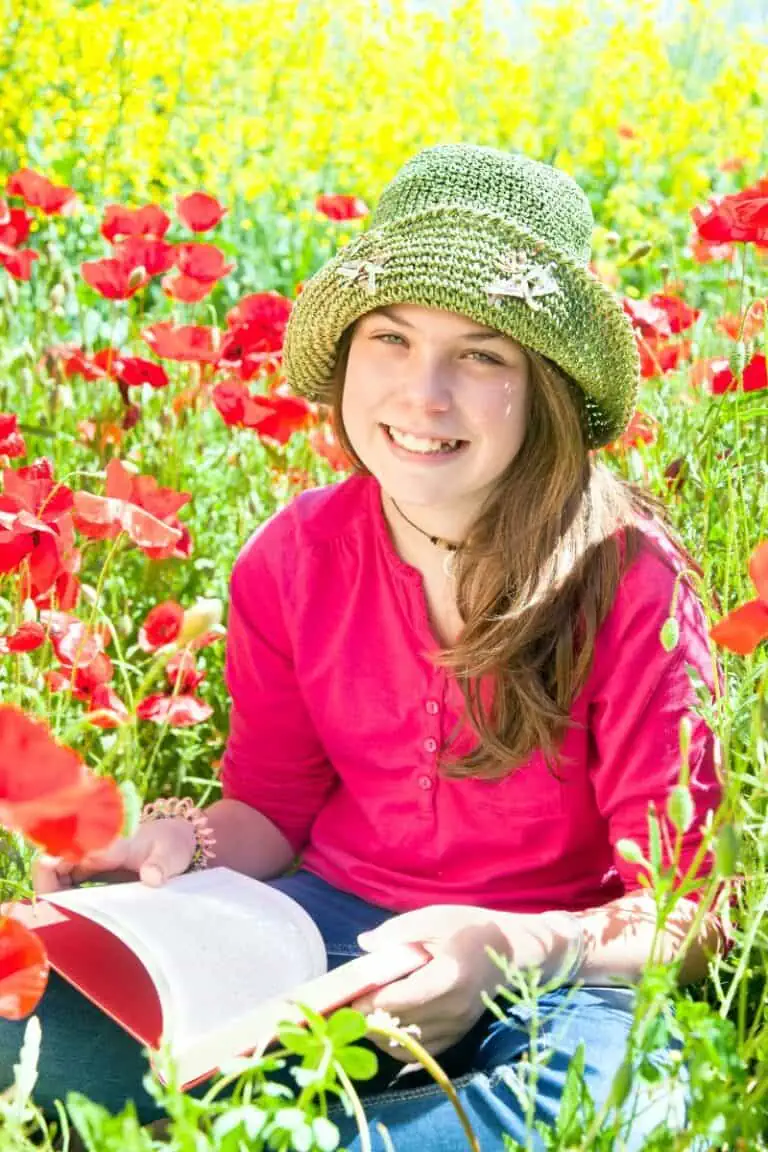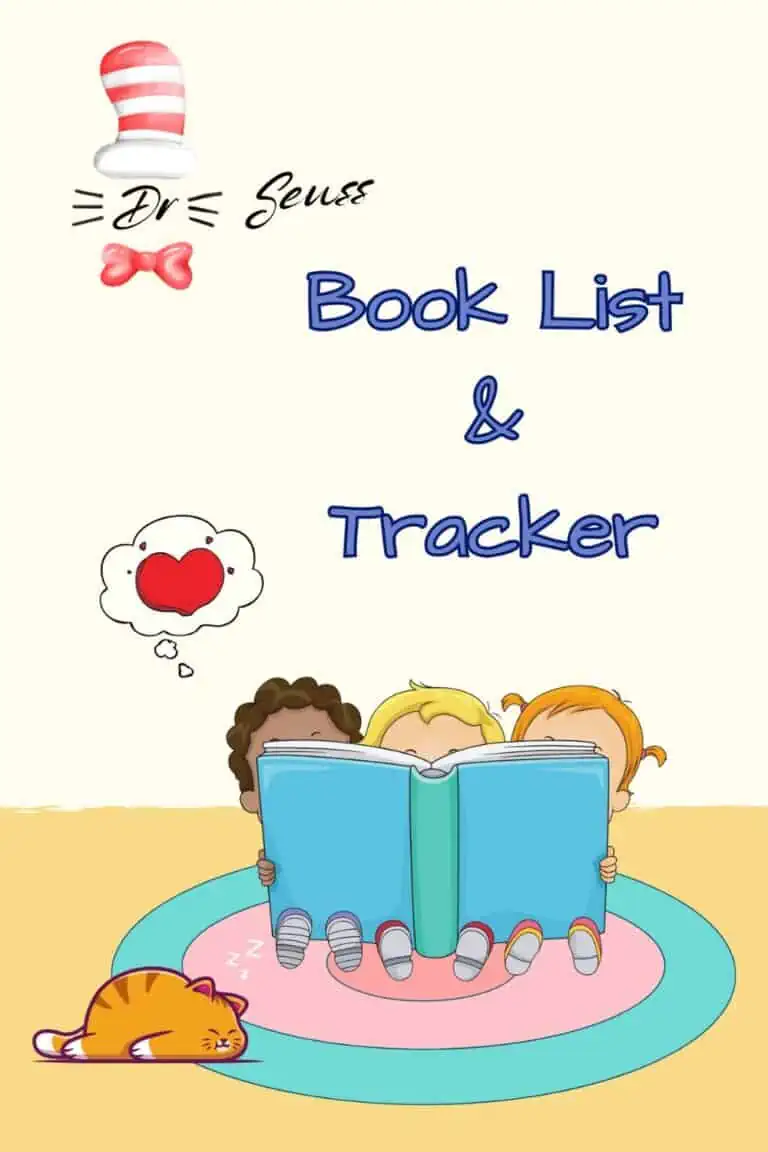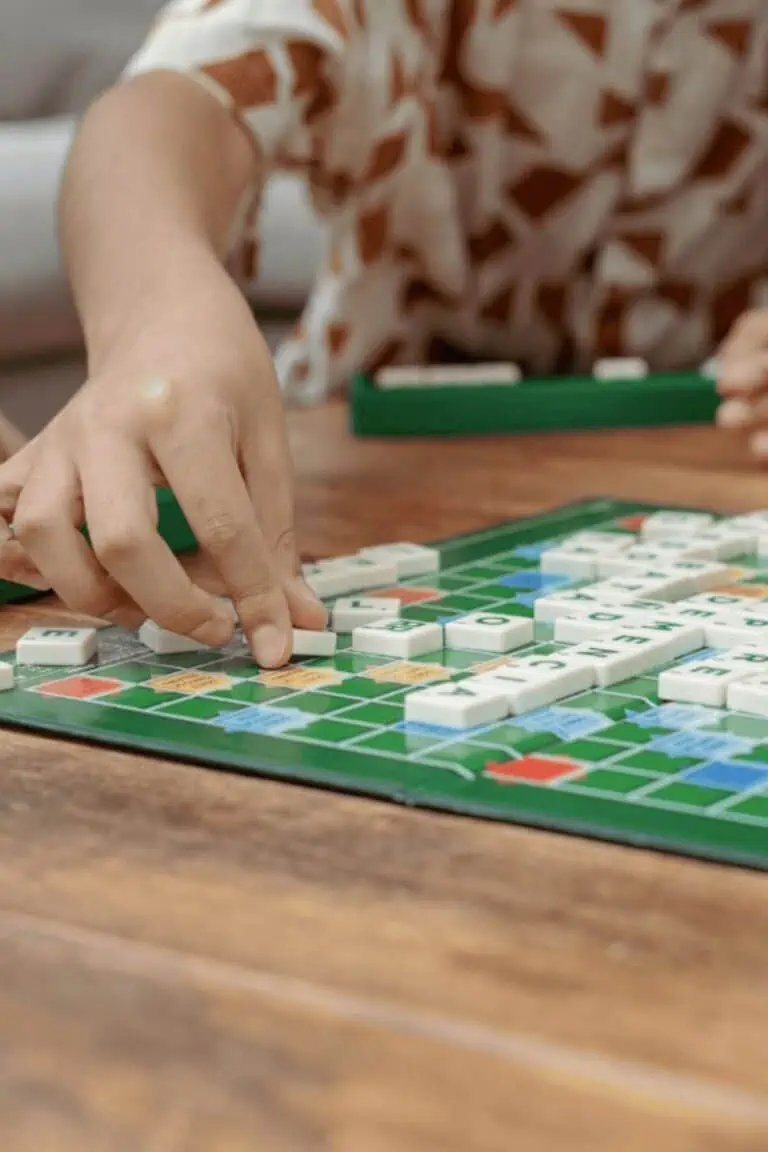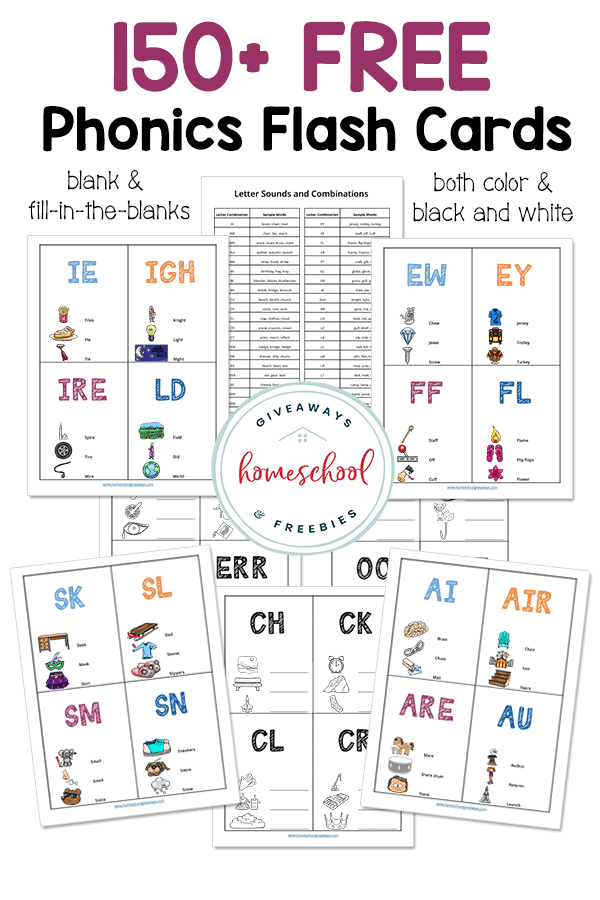Ideas for Keeping a Reading Journal for Students
Published:
February 10, 2023

Contributor:
Sonlight
Disclosure: This post may contain affiliate links, meaning if you decide to make a purchase via my links, I may earn a commission at no additional cost to you. See my disclosure for more info.
Using reading journals in your homeschool is a great way to grow life-long and engaged readers. Let’s talk about the concept of keeping a reading journal, why you should consider it, and then we’ll share some inspirational reading journal ideas that your kids can start using today!
Reading Journals
Before we talk about reading journal ideas, let’s cover the basic concept. What is a reading response journal?
What Is a Reading Journal?
A reading journal can be defined as a reading diary or personal reflection of a piece of literature. It’s a way for your child to engage themselves in thinking about the text. A reading journal is more open-ended than a simple set of factual questions that a reading curriculum might use after a reading.
When you incorporate reading journals into your homeschool, you encourage creativity, analytical thinking, and added comprehension. But a reading journal really can be anything your reader wants it to be – a place for reflection, book lists, favorite book quotes, and more!
Keeping a Reading Journal
Even children who hate to read can be encouraged to read more if you ditch the low-level reading questions and instead have them keep a reading journal. Because a reading journal reflects a personal reflection on a story, your children won’t feel overwhelmed by using it.
In other words, there is no one right answer in a reading journal like there would be on reading worksheets or factual questions. Even your dyslexic students will appreciate that they can work in their strengths by taking in the 30,000 foot view of a story and not have to dabble in so many trite facts.
The Purpose of a Reading Journal
The purpose of a reading journal is to engage your kids in what they’re reading. One of the benefits of reading to kids is that you can have ongoing discussions about the book. But with a reading journal, you can encourage your kids to have those discussions either with themselves or as a partner in their journal project.
One way to structure the reading journal experience is to have your child write their reflections about a specific piece of literature and then you, the parent, can respond in writing in the journal. It then becomes a two-way conversation via the reading journal.
What Students Should Write About
The sky’s the limit when it comes to what students should write about! Really, anything that is related to what they’re reading (or hope to read in the future) is fair game for a reading journal. Here are some popular ideas for what to include:
- book ratings
- lists of books they’ve read
- list of books recommended by friends
- book bucket list
- record favorite quotes
- lists of books in a series
- keep track of number of books read in a year
- books you want to buy
- lessons learned from a book
- questions you have after reading a book
- book reviews
- analysis of characters or plots
- reflections on the main lesson or theme
- participate in a reading challenge
- notes from a book club
What should entries in your student’s reading journal look like?
The beauty of a reading journal is that it can take the form that best matches your student’s learning style and personality. If you use a blank notebook or a bullet journal, your child can structure the reading journal to what fits them best.
Some students will naturally want to make an aesthetically pleasing journal with multiple colors, fonts, and sketches to accompany their thoughts and reflections on books.
Other students are more black and white with simple lists and comments and nothing fancy. That’s fine! Embrace the freedom to let your student interact in their reading journal in the most natural way for them.
Ways to Start Journal Entries
You can purchase reading journals or notebooking pages to use for this purpose, or you can use a blank notebook or bullet journal as discussed above. If your student is staring at a blank journal page, here are some journal entry prompts to help them get started.
- Who is your favorite character and why?
- Would you change the setting? Why or why not?
- What was your favorite scene in the book?
- My favorite quote was…
- Write down 10-20 words that describe your favorite character
- What does the main character think about?
- What were the three biggest events in the plot line?
Reading Journal Ideas
Here are some great reading journal ideas to start using with your students.
List Book Basics
Reading journals don’t need to be complicated! In fact, some of your kids will want to be very systematic about what they record.
Encourage them to at least list book basics, such as:
- The dates you read the book
- Book format (print, ebook, audiobook)
- Number of pages
- Your rating
- Book notes
- Summary of book
Take Your Reading Journal With You
Book lovers are always thinking about the stories they read! And they look for inspiration everywhere. So, encourage your child to take their reading journal with them when they leave the house. They just may get their best book journal ideas that way.
Keep Track of What You Read
If you include regular daily reading in your homeschool, then you’ll love using a reading journal to keep track of what your children read. Whether you have an avid reader or a reluctant reader, a simple reading tracker is a great addition to your journaling.
If you want your kids to include a book log with relevant summary, then you’ll love the summer reading log and homeschool reading log. Or consider using a reading passport, which is just a reading log that’s fun and engaging!
Make a List of Your Favorite Books
The most basic aspect of a reading journal is a list of your favorite books. Encourage your kids to get recommendations from friends and add them to their book bucket list. Since we know that reading helps children, encourage your kids to learn more about their own reading habits. You can do this by having them track the types of books and genres they enjoy most.
Plan Your Reading Goals
When you have longer-term reading goals for your students, encourage them to personally plan out these goals in their reading journal. Whether it’s a weekly time commitment to reading or the number of books they want to read each month, have them put those goals in writing and then keep track of their progress in their journal.
Take Notes as You Read
There are different ways that people like to engage with the book while reading. Some kids might like to take notes as they read. This is especially helpful if they’re reading a book that includes lots of ideas, inspiration, strategies, or tips. But even if they’re reading a novel for enjoyment, they may like to pause at the end of each chapter and jot down a summary in their journal.
Write Book Reviews
Everyone loves to explain their personal preferences when it comes to great books. So why not have your kids write book review and give star ratings in their reading journals? It’s a fun way to get in a book report without the drudgery of a typical book report.
Write Book Reports
Book journaling provides the perfect play to write book reports. Your children can include sketches of characters or scenes from the book and they can add an artistic flair to the report.
Personalize Your Journal
The perfect way to make reading fun is to encourage your kids to personalize their journal. Whether this is through doodling, using stickers and special pens, or setting up their reading journal to fit their unique way of reading, it’s a great idea to personalize their own bullet journal.
Books You Plan to Read
What about the next book? Do you have a book bucket list?
Here are some great ideas to keep in mind as you think of a custom reading list to include in your journal.
- Authors you like
- Books to reread
- Recommended books
- Books you want to try
- Book series you started
- Books you abandoned
How to Organize a Reading Bullet Journal
There are so many creative ways to organize your reading journey in a reading bullet journal. One of the most popular methods is to include monthly spreads with a list of the books you want to read that month. Then, each week you can check in with your goals and track your reading progress.
Book Journal Supplies
There is no wrong way to make a dedicated book journal. The best journals have a blank page ready for your creativity. Encourage your kids to use different colors of pens and markers as they set up their journal. Washi tape and stickers add another fun element.
Reading Journal FAQ
Need some additional reading journal ideas? Here’s a few more common questions.
How often should students write in their reading journal?
Keeping their own reading journal is an excellent way for your students to naturally improve their writing skills. The first time they write in the journal, it may be a difficult process as they figure out what to include. But good readers eventually do become good writers as they consume excellent literature and mirror the vocabulary and interesting sentence structure of great books.
So just be patient while you encourage regular bullet journaling. The minimal amount of engagement would be at the end of reading a book when your child would want to write a summary or review the book.
What do you write in a reading journal?
The reading journal is a great place to keep track of the books that you read. In addition to a book log or book tracker, it’s a good idea to encourage reading response summaries and personal thoughts. Your children may like to keep a list of important details from the plot or regarding their favorite character.
How does a reading journal work?
A dedicated reading journal allows you to engage in critical thinking with the key ideas of a book. So in addition to keeping a list of each book title you’ve read and those on your future to-read list, you can also write summaries of the book, critical book reviews, keep track of favorite quotes, or write about your favorite character.
How do beginners start journaling?
The type of journal you use is less important than starting a habit of daily reading. This reading life will give your kids so much to think about that they will have so much to explore in a reading journal. At the beginning, just encourage them to write a little bit each day.
Use some of the prompts and ideas from this post to get started. Eventually, your kids will get the hang of it and some of your more voracious readers and writers will fill journal after journal!
What is the best age to start journaling?
The best age to start journaling is when your children are ready to engage with their books in a personal way. This is different for everyone. Your younger children who aren’t writing proficiently yet can still draw their favorite scene from the story.
You can help them make book lists and rate the books they read. Then, when your children are more capable writers, they can take more personal responsibility with using their reading journal on a daily or weekly basis.
In Conclusion
These reading journal ideas will help make your child’s reading experience more meaningful! And we hope that it helps foster a love of reading that continues on through the years.

